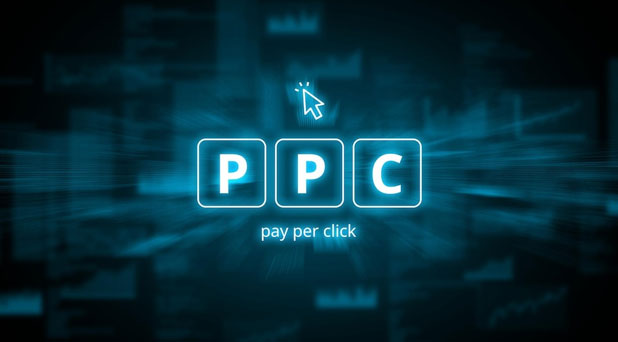
Sep 20, 2023
In today's rapidly evolving technological landscape, businesses constantly seek ways to streamline their software development processes and deliver applications faster. One approach gaining significant traction is Low-code development, which empowers developers and non-developers alike to create applications with minimal hand-coding. In this blog post, we will delve deep into the pros and cons of Low-code development, examine real-world examples of its successful implementation, and delve into how it aligns with various trends and best practices in the software development industry.

Low-code development, as the name suggests, allows developers to build applications by visually configuring components and logic instead of writing extensive lines of code. This approach accelerates application development and enables collaboration between developers and business stakeholders with varying technical backgrounds.
One of the key advantages of low-code development is its alignment with Continuous Integration (CI) and Continuous Deployment (CD) best practices. CI/CD aims to automate and streamline the software delivery process, and Low-Code platforms often come with built-in tools that facilitate seamless integration into CI/CD pipelines. This synergy enhances the speed and efficiency of application delivery.
Rapid Development: Low-code platforms offer pre-built templates and drag-and-drop functionality, allowing developers to create applications significantly faster than traditional coding methods.
Accessible to Non-Developers: Business analysts and subject matter experts can actively participate in the application development process, reducing the burden on IT departments.
Cost-Efficient: Low-Code reduces the time and effort required for development, resulting in cost savings for organizations.
Microservices Architecture: Low-code development can seamlessly integrate with a Microservices Architecture, facilitating the development of modular, scalable, and maintainable applications.
Serverless Computing: Low-code platforms can be used to create serverless applications, simplifying deployment and reducing infrastructure management overhead.
Limited Customization: Low-code platforms may have limitations in terms of customization, making them less suitable for complex or highly specialized applications.
Scalability Challenges: Low-code can work well with Microservices but may struggle to scale for large and complex projects.
AI-Powered Testing: Although Low-code development platforms are evolving, they may not fully support AI-powered testing solutions, which can be crucial for certain applications.
Security Concerns: Rapid development can sometimes lead to oversight of security measures. Organizations must ensure they follow secure software development practices when using low-code platforms.
To demystify the practical application of low-code development, let's look at a few real-world examples:
1. OutSystems for Financial Services
Financial institutions like Santander and Deloitte have used outSystems, a prominent low-code platform, to streamline their application development. These organizations have successfully employed low-code to develop and deploy customer-facing applications, automate processes, and improve customer experiences.
2. Mendix in Healthcare
The healthcare industry often deals with complex data and regulatory requirements. Mendix, another leading low-code platform, has rapidly enabled healthcare providers like Mercy to create patient management and engagement solutions. These applications enhance patient care and operational efficiency.
3. Zoho Creator for Small Businesses
Small businesses with limited IT resources can leverage Zoho Creator, a user-friendly low-code platform. Zoho Creator has empowered countless small businesses to develop custom CRM solutions, project management tools, and other applications without a substantial coding background.
Low-Code Development and Emerging Trends
As the software development landscape constantly evolves, low-code development is not isolated from other transformative trends and technologies. Here's how low-code aligns with some of these trends:
1. AI-Powered Testing: Low-code platforms may not fully support AI-powered testing yet, but they can benefit from AI-driven quality assurance processes. Automated testing tools can complement low-code development, enhancing the quality of applications.
2. Quantum Computing: While quantum computing is still in its infancy, low-code development can adapt to new computing paradigms. The flexibility and accessibility of low-code platforms make them suitable for experimenting with and implementing quantum computing solutions in the future.
3. AI Ethics: Ethical considerations are paramount in developing AI-driven applications. By enabling diverse stakeholders to collaborate on projects, low-code platforms can help ensure that AI ethics are embedded into the development process from the start.
4. Remote Collaboration Tools: The COVID-19 pandemic accelerated the adoption of remote collaboration tools. Low-code development is inherently suited to remote collaboration, as it allows teams to work together regardless of their physical location.
In conclusion, low-code development has emerged as a valuable approach for businesses looking to accelerate application development, enhance collaboration, and align with CI/CD best practices. While it comes with pros and cons, organizations can harness its power by understanding its limitations and selecting the right low-code platform for their needs. As the software development landscape evolves with the integration of AI, quantum computing, and ethical considerations, low-code development will play a pivotal role in shaping the future of application development.








